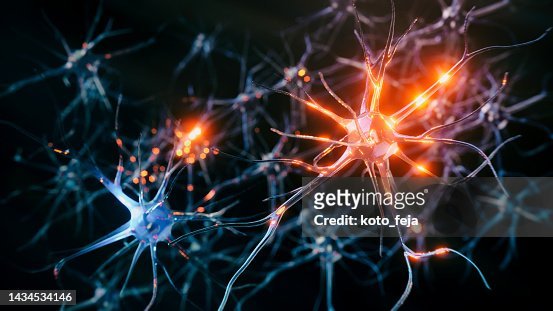The autonomic nervous system (ANS) is a complex network of nerves that controls involuntary bodily functions, such as heart rate, digestion, and breathing. It plays a vital role in maintaining homeostasis and responding to stress. Understanding the ANS is crucial for managing our physical and emotional well-being. In this comprehensive guide, we will delve into the concept of the polyvagal ladder, which provides a framework for navigating the autonomic nervous system and its various states.
What is the Polyvagal Ladder?
The Polyvagal Ladder is a concept developed by Dr. Stephen Porges, a renowned neuroscientist. It describes the hierarchical organization of the autonomic nervous system into three distinct states: ventral vagal, sympathetic, and dorsal vagal. Each state represents a different level of physiological and emotional regulation, and our ability to move up and down this ladder greatly impacts our overall well-being.
The Three States of the Polyvagal Ladder
Understanding the Ventral Vagal State
The ventral vagal state is associated with feelings of safety, social connection, and engagement with the environment. When we are in this state, our ANS functions optimally, allowing us to experience positive emotions, maintain healthy relationships, and engage in creative and problem-solving activities. The ventral vagal state is characterized by a calm and regulated nervous system, a steady heart rate, relaxed muscles, and a sense of overall well-being.
Exploring the Sympathetic State
The sympathetic state, also known as the fight-or-flight response, is activated in the face of perceived threats or danger. When we enter this state, our body prepares for action by releasing stress hormones such as adrenaline and cortisol. Our heart rate increases, our muscles tense up, and our focus narrows on the threat at hand. While the sympathetic state is essential for survival, prolonged activation can lead to chronic stress, anxiety, and various health problems.
Navigating the Dorsal Vagal State
The dorsal vagal state is the most primitive and immobilizing state on the polyvagal ladder. In the dorsal vagal state, our heart rate slows down, our muscles become limp, and we may feel disconnected from our surroundings. It is important to note that the dorsal vagal state is not a choice but a physiological response to extreme stress.
How Trauma Affects the Polyvagal Ladder
Trauma can have a profound impact on the polyvagal ladder and our ability to regulate the autonomic nervous system. When we experience trauma, our nervous system becomes dysregulated, and we may get stuck in the sympathetic or dorsal vagal state. This can manifest as symptoms of anxiety, depression, hypervigilance, or dissociation. Trauma-informed approaches aim to help individuals safely navigate their autonomic states and find healing through practices such as therapy, mindfulness, and somatic experiencing.
Techniques for Regulating the Autonomic Nervous System
Regulating the autonomic nervous system is crucial for maintaining physical and emotional well-being. Fortunately, there are various techniques that can help us navigate the polyvagal ladder and find balance. Deep breathing exercises, such as diaphragmatic or box breathing, activate the vagus nerve and stimulate the ventral vagal state.
Applying the Polyvagal Theory in Everyday Life
Understanding the polyvagal ladder and the autonomic nervous system can have profound implications for our everyday lives. By becoming aware of our physiological and emotional states, we can make conscious choices to regulate our nervous system and promote well-being.
Conclusion
In conclusion, the polyvagal ladder provides a comprehensive framework for understanding and navigating the autonomic nervous system.



